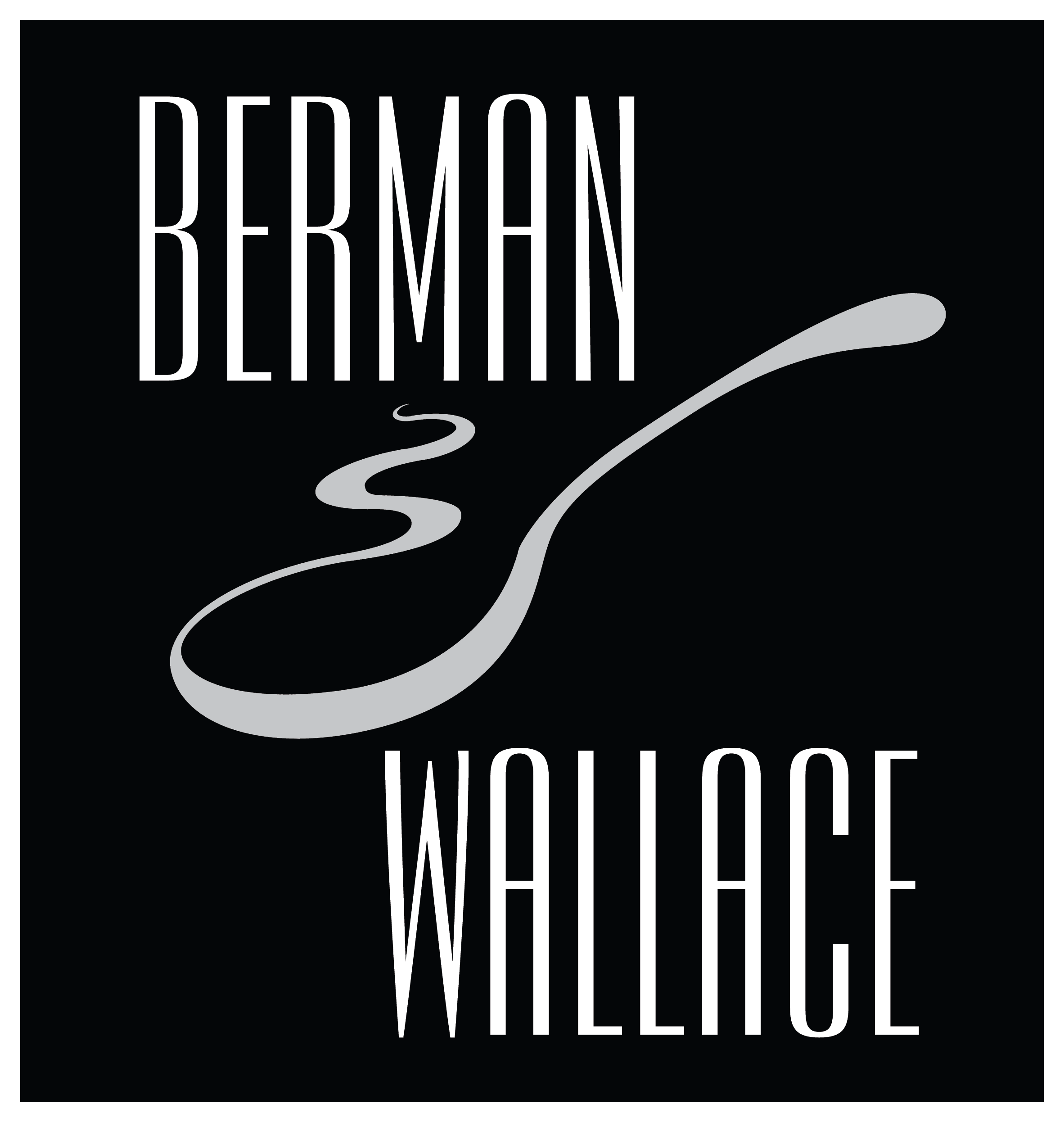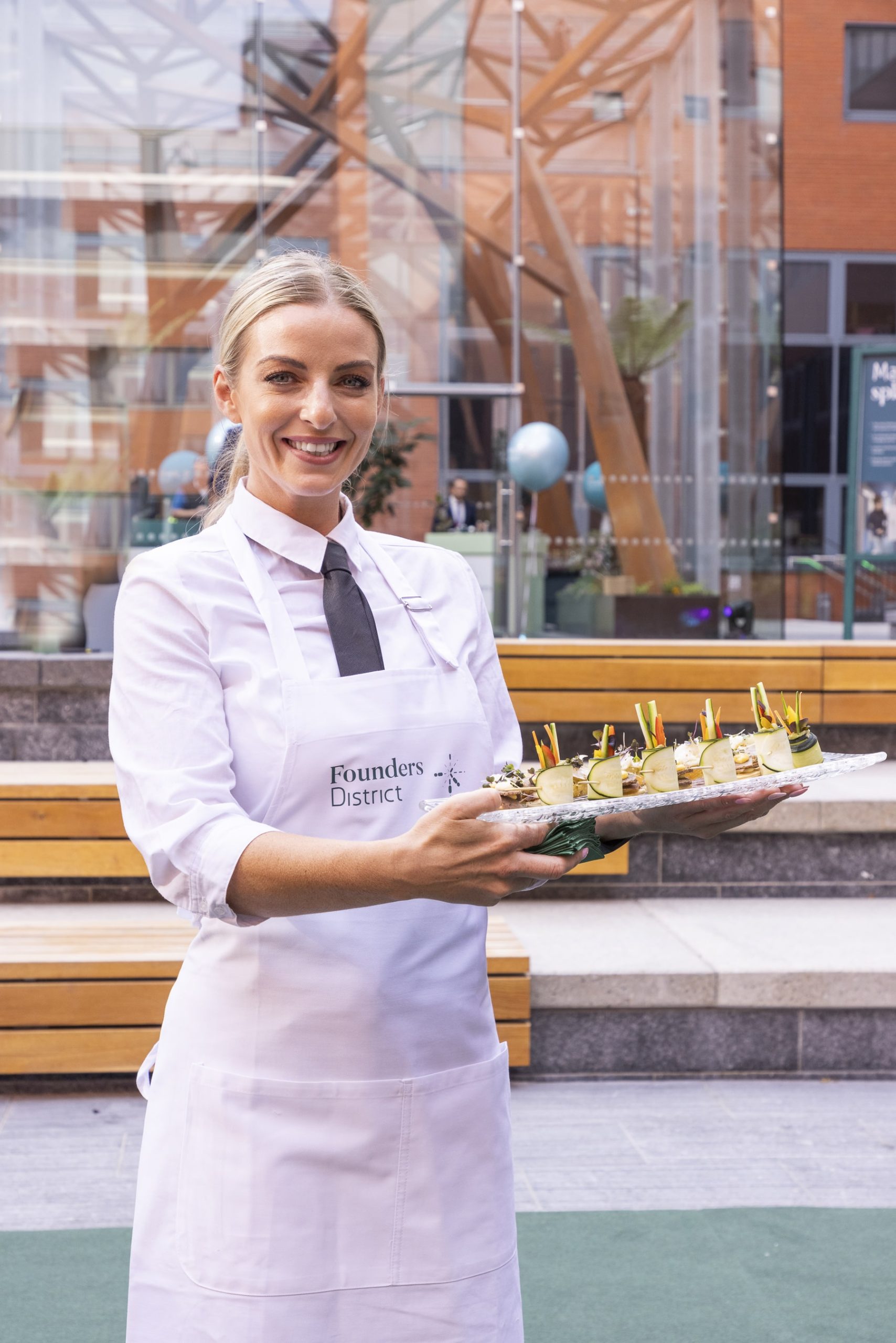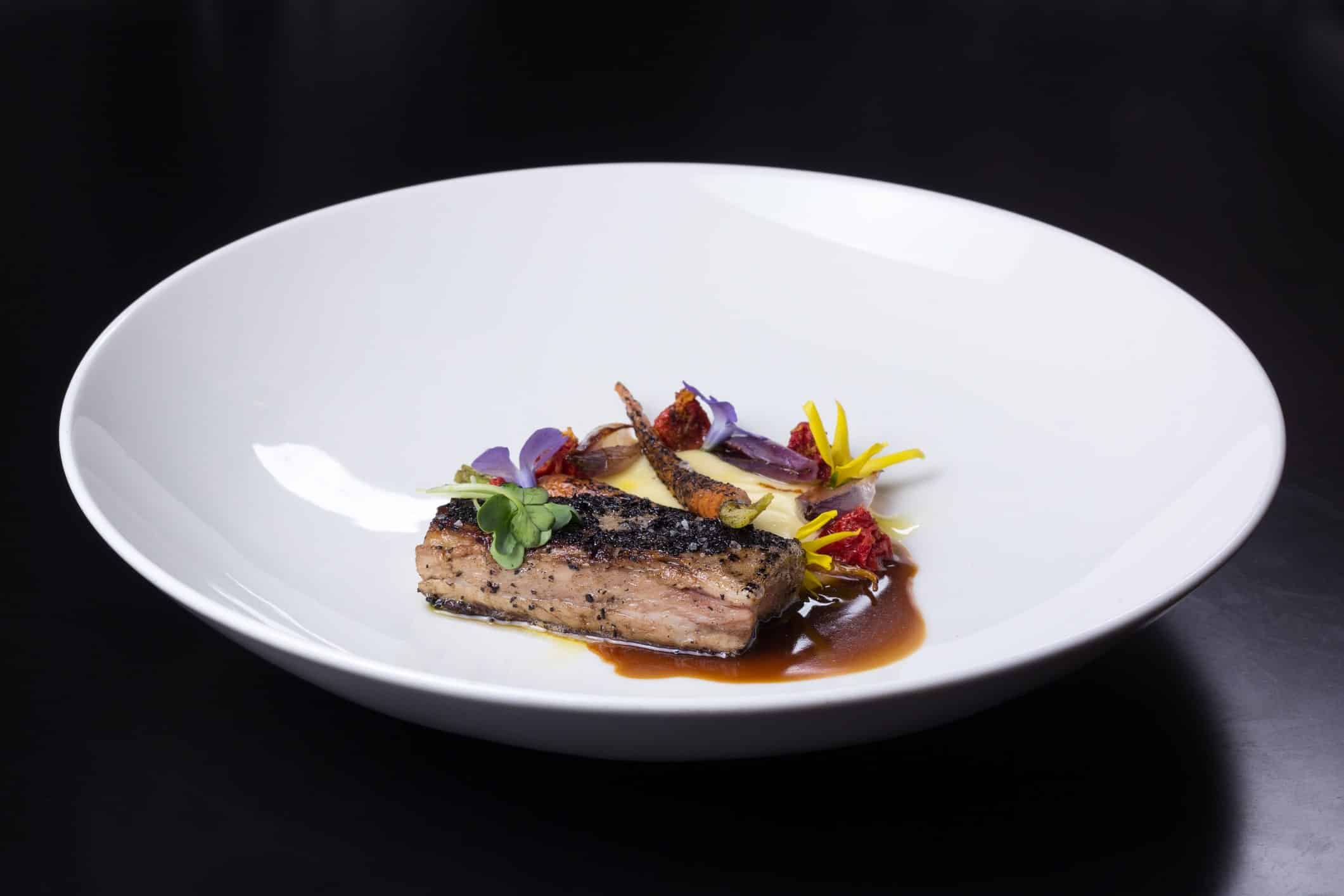Office lunch catering works best when it matches your workplace style and team preferences. Different service types suit different business needs, from quick working lunches to formal fine dining lunches.
Types of Lunch Catering Styles
Team lunches should be tasty, interesting and should create a ‘wow’ factor. Team size and office layout shape lunch service choices. Some workplaces need lunch meetings with quick service, while others want relaxed team lunches. Professional office lunch catering adapts to these different needs. Our experience shows that matching the service style to the occasion creates better results. Morning meetings might work well with grab-and-go options, while team celebrations often need more detailed service.
Buffet setups work well for larger teams. Catering providers arrange food stations that let people choose a variety of dishes. This setup requires sufficient space for wide range of dishes and good traffic flow. Teams can eat when ready, making it practical for offices with flexible schedules.
Food Presentation Methods
Hot food service needs different handling than cold options. Office lunch catering services use professional temperature control equipment to keep meals fresh. Some providers bring warming equipment for buffets, while others package hot items separately. Cold items like salads and sandwiches need their own storage methods.
Display methods change based on meal types. Lunch catering might use individual boxes for quick meetings or shared platters for casual lunches. Each style has practical benefits that suit different occasions. Good providers help choose setups that work in your space.
Dietary Requirements
Modern workplaces include various eating preferences. Office lunch catering should cover common needs like vegetarian, vegan, and gluten-free options. Clear labeling helps people choose suitable foods. Teams feel more included when their dietary needs get proper attention.
Meeting & Space Considerations
Client meetings need different approaches than team lunches. Office lunch catering can range from simple sandwich platters to multi-course meals. The meeting purpose often determines which style works best. Some situations need quiet service that doesn’t interrupt discussions.
Office layouts affect how lunch service works. Some spaces suit buffet setups, while others need desk delivery. Office lunch catering providers should check your space before suggesting service styles. They can spot practical issues like lift access or preparation areas.
Planning Office Lunch Catering
Different service styles need different timing. Office lunch catering might mean quick morning setup or planned serving times. Some options let teams eat when ready, while others work better with set meal times. Planning around meeting schedules helps avoid timing problems.
Each service style brings equipment requirements. Office lunch catering might need tables, serving equipment, or heating units. Good providers bring what they need and remove it afterward. They know how to set up without disrupting office work.
Service staff requirements change with different options. Office lunch catering might need professional waiters for formal events or just delivery personnel for simple drops. The right level of support helps events run efficiently.
Office Lunch Catering Advice
Think about your usual events when picking service styles. We suggest trying different approaches to find what suits your team. Good office lunch catering fits your space and schedule while meeting team preferences. Look for providers who can offer various service types as your needs change.
The best choice often combines practical needs with team preferences. Office lunch catering should make workplace meals efficient and enjoyable, while creating a wow factor. Consider how different options fit your workplace culture and choose providers who understand your requirements.



